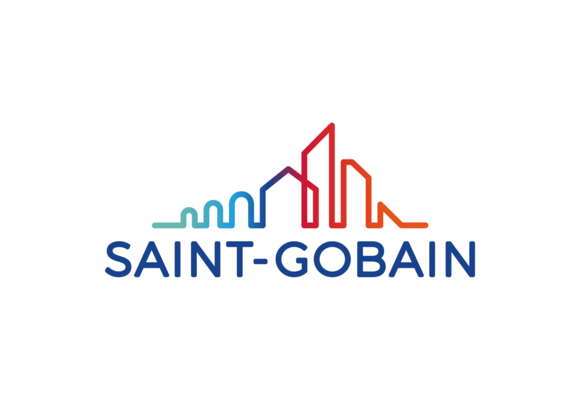The concept of “home” can conjure up a wide variety of meanings in our minds. It can be the place we live in; the place where we feel “at home;” the place where our loved ones are waiting for us; the place we came from and to which we will return; it’s a refuge, a sanctuary.
Having your own place to live in is the most basic of human rights. And if deprived of it, we are prevented from achieving our full potential as human beings.
“Home is where one starts from,” wrote the poet T. S. Eliot. The great French architect Le Corbusier called the house “a machine for living,” adding that it should be “the showcase of life, the machine of happiness.”
But today the plot has thickened. The planet that our houses stand on (“the home of our homes”) is itself in danger. In danger of soon being unable to house us decently, unable to shelter, nourish and protect our lives and those of our loved ones. The fight for decent housing is now coupled with the fight to preserve the habitability of the planet for us all.
It is against this sobering background that we in the construction sector must take action.
There are already 8 billion human beings on the planet. By 2050, there will be 2 billion more, with the increase very unevenly distributed. Between now and 2050, half of the global population growth will come from just nine countries: India, Nigeria, Pakistan, the Democratic Republic of the Congo, Ethiopia, Tanzania, Indonesia, Egypt, and the United States. This situation will aggravate the housing shortage. According to the World Resources Institute, there will already be a shortfall of 440 million homes around the world by 2025. We will no longer build poorly insulated homes, exposed to pollution, noise, or extreme and worsening climatic conditions, as was done all too often in the past. Nor can we do without renovating the existing building stock. At a time when the construction sector accounts for almost 40% of CO2 emissions and 50% of the use of natural resources, we owe it to ourselves to step up the pace of emissions reduction.
While there is no underestimating the challenge, fortunately the solutions are within the reach of human ingenuity, including that within our Group.
Our leading architects and town planners have been including energy conservation in their thinking for a long time.
At Saint-Gobain, tens of thousands of engineers, researchers, designers, and project managers are working to drastically reduce the emissions associated with the construction and renovation of buildings. We now know how to make glass or plaster without scope 1 and 2 CO2 emissions from our plants, through decarbonized energies and optimized use of raw materials. We are also working on new agile and light construction techniques, such as off-site construction solutions that are easily transportable and reusable.
Hence, there is no reason why quality sustainable construction should be an unaffordable luxury. It is our duty as manufacturers to work to make it increasingly accessible. As the Italian architect and engineer Renzo Piano said, “Architecture is a profession that brings together art, society, technology, science and invention. Building is about understanding what people have to say. And it’s also the art of telling stories.” At Saint-Gobain, worldwide leader in light and sustainable construction, it is this spirit that inspires us to ensure that sustainable construction leaves no-one behind. When we talk about sustainable construction, we can’t separate the challenge of mitigating climate change from the challenge of adapting buildings to cope with it. Our Group’s entire focus is on our markets, ensuring that our solutions are adapted to the context in which they are applied. Whatever its form, the history it inherits, and the climate it’s built in, the house of the future must continue to be a source of comfort and reassurance for everyone.
Governments have a duty to direct a significant part of their decarbonization investments towards innovative, high-performance solutions in the construction sector. And also to support private individuals in investing in well-designed, resource-efficient and less energy-consuming housing, so that they can make their own homes, and the world, a better place to live.
We all live on the same planet, which is “home” to us all. That’s why we’re working to make what used to be a luxury – well-designed, sustainable construction – accessible to all.
Hear more from Saint-Gobain, Headline Partner of Climate Week NYC, at the Opening Ceremony and The Hub Live, September 17-19. Register to attend virtually.
